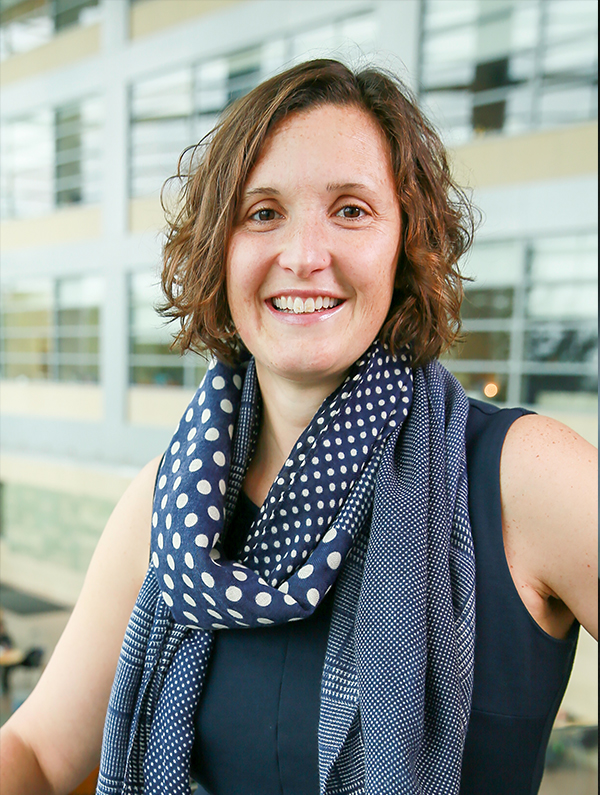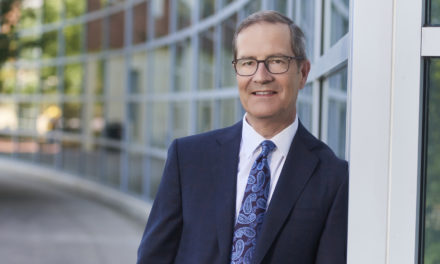Better Business Podcast EPISODE 8
The Circular Economy
Guests: Karen Winterich, professor of marketing and the Gerald I. Susman Professor in Sustainability, and Steve French ‘83 Mktg, chief operating officer at the Natural Marketing Institute
As we attempt to eliminate waste and slow climate change, we’re seeing a shift to a circular economy, where products and materials are repurposed in new cycles. But the model is still far from the norm. Only 8.6% of the global economy is circular, according to the 2020 Circularity Gap Report.
Until recently, much of the world has adhered to a linear economy, says Karen Winterich, professor of marketing and the Gerald I. Susman Professor in Sustainability, where consumers “acquire the product, consume the product, and then dispose of the product.” In a circular economy, many of the various components of a product, including its packaging, are repurposed in the name of creating a more sustainable supply chain.
Over the last 25 years, sustainability has gone from being perceived largely as a fad to being the way of the future, says Steve French, a 1983 Smeal graduate and chief operating officer of the Natural Marketing Institute, which studies consumer behavior.
And yet the adoption of a circular economy continues to occur in small increments.
Winterich says one of the primary reasons for that is it requires rethinking the conventional (and deeply rooted) manufacturing process.
“It really causes businesses to upend almost everything they’ve known and how they’ve been producing,” she says. “They have to connect the end of the supply chain to the beginning of the supply chain,” leaving the consumer in the middle. “They’ve got to get it back from the consumer to put it back into their production model and understand that what they’re creating can be broken down and still have value.”
To create momentum, Winterich proposes that manufacturers make a greater investment in repairing their products.
“It sends a strong signal to the customers that, hey, there’s value left in this product that’s broken,” she says.
Companies that make products in refillable containers, which now include printer cartridges, personal care products, and laundry detergent, represent one segment of manufacturers that’s already started to find its footing within the framework of a circular economy.
“We think we’re on the cusp of a refillable economy that just might take us back to the days of milk delivery,” French says.
Ultimately, consumers will have as much say in the shift — or lack thereof — to a circular economy as manufacturers. That means, according to French, holding on to a product for longer, being OK with no-frills packaging, and even possibly accepting inconsistencies in a product’s quality — all for the greater good.


In Episode 8 of the Better Business Podcast, marketing professor Karen Winterich (top) and Steve French ‘83 Mktg discuss an economy in which various components of a product are repurposed in the name of creating a more sustainabile future.




